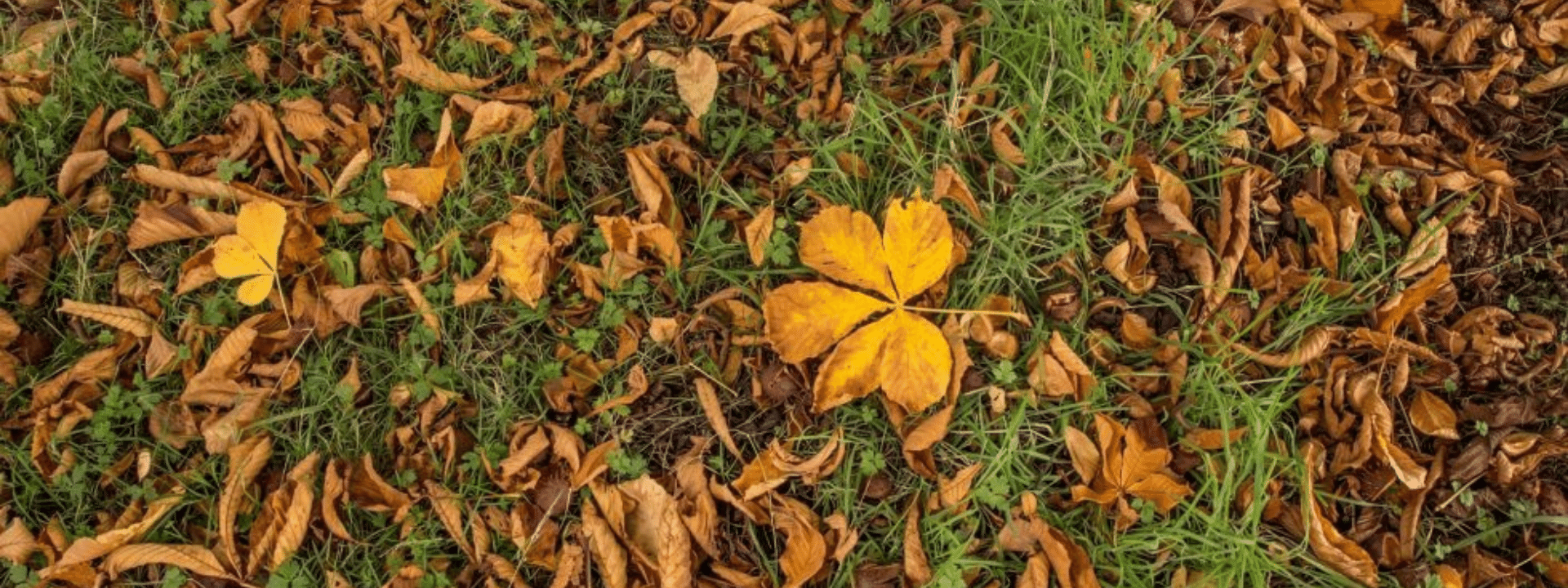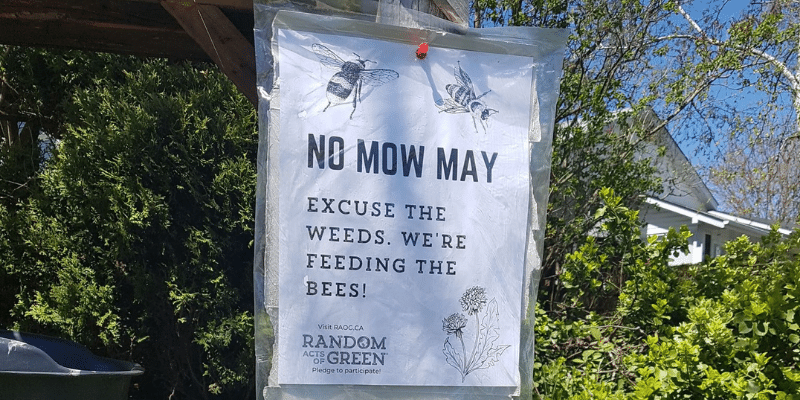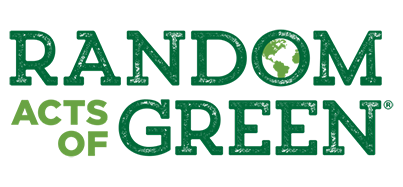Leave The Leaves On The Ground!
Have you heard about the ‘Leave the Leaves’ movement?
🍁 As tempting as it may be to clean up, consider leaving your leaves, stems and plant stalks overwinter as ground cover.
While the days may be filled with sunshine and buds may begin appearing on the trees, keep watch on the temperature of the cool nights. Late-season frosts can still appear.
Read on to learn the benefits of leaving the leaves, the harms of cleaning them up, and what to do instead.
Make the pledge to be a Pollinator Pal and join the Leave the Leaves movement.

Leave the Leaves for Pollinator Habitats!
.🍂 Many species of butterflies, moths and other insects need leaves, plant stalks, or dead branches for hibernation. By completely cleaning up our gardens, we can be removing important wintering habitats for native wildlife.
Countless other invertebrates require this groundcover including spiders, snails, worms, beetles, millipedes, and mites. These small critters help support others in the ecosystem including chipmunks, turtles, birds, and amphibians.
![]() “While mining bees, mason bees, carpenter bees, and bumblebees may be out and about by early April, other species such as sweat bees are still hiding out, waiting for the warmer days that arrive in May.” (Source: Xerces Society for Invertebrate Conservation)
“While mining bees, mason bees, carpenter bees, and bumblebees may be out and about by early April, other species such as sweat bees are still hiding out, waiting for the warmer days that arrive in May.” (Source: Xerces Society for Invertebrate Conservation)
Why You Should Leave the Leaves On The Lawn!
The tradition of clearing up leaves each fall goes against the natural cycles of the Earth.
Fallen leaves act as mulch for gardens, trees, and other shrubbery. This helps the soil retain moisture and adds nutrients as the leaf matter decomposes. You can rake them up into a pile to keep them contained in a brush shelter.
You can also collect the excess to add to your compost over winter for the necessary brown matter. Learn more about composting in the winter here.

Why Leaf blowers Are Bad for the environment
A recent report from California found that small off-road engines like the ones found in gas-powered leaf blowers are a larger source of smog-forming emissions than the state’s 14.4 million passenger cars.
Exhaust from gas-powered leaf blowers contains hydrocarbons and nitrogen oxides — components of smog — plus carbon monoxide and particulate matter, all of which are known to harm the health of people and the planet.
Another factor to consider is the methane that is released when bagged leaves are trapped within a landfill. Yard waste, including grass clippings, pruned branches from trees and shrubs, and fallen leaves, is the third-largest component of municipal solid waste by weight in the United States.
These points form a solid argument to take it easy with the yard work and just leave them be.

Adopt Your Local Storm Drain or Catch Basin
🍁 Notice a storm drain in your area? Do your part to keep it clear!
It is important because it helps to keep waste material from entering the storm sewer system and flowing into our local waterways. In water, these leaves decompose which releases phosphorus and nitrogen. These excess nutrients contribute to algae blooms during the summer. Algae blooms can cause lower oxygen levels in the water which creates challenges for fish and other aquatic species.
⚠️ Also, a blocked sewer means that the water can cause flooding on local roads and possibly nearby homes.
It is a great example of one of those simple actions we can take to keep our streets clean, clear, and safe for all.
Join No Mow May
‘No Mow May’ invites you to relax and let the grass grow a little while longer. It may be tempting while at home to fire up the lawnmower to tidy up your green space but we are asking you to consider hitting the brakes on that idea.
Let the first flowers of spring fully emerge to support the pollinators who are recently awakening from hibernation.
Are you feeling inspired?
➡️ We want to know:
❓ Will you participate in ‘Leave the Leaves’ this year?
Check out our related blog posts on 10 Ways to Reconnect with Nature.
If you are looking for other ways to support pollinators, participate in Now Mow May!
Share this article in your spheres of influence to let others know why you’re leaving the leaves and why they should too!
Join Our Email Community
Gain exclusive access to green trends, tips, and tricks when you sign up for our free newsletter. Enter your email to join our community of changemakers!
More Blog Posts:
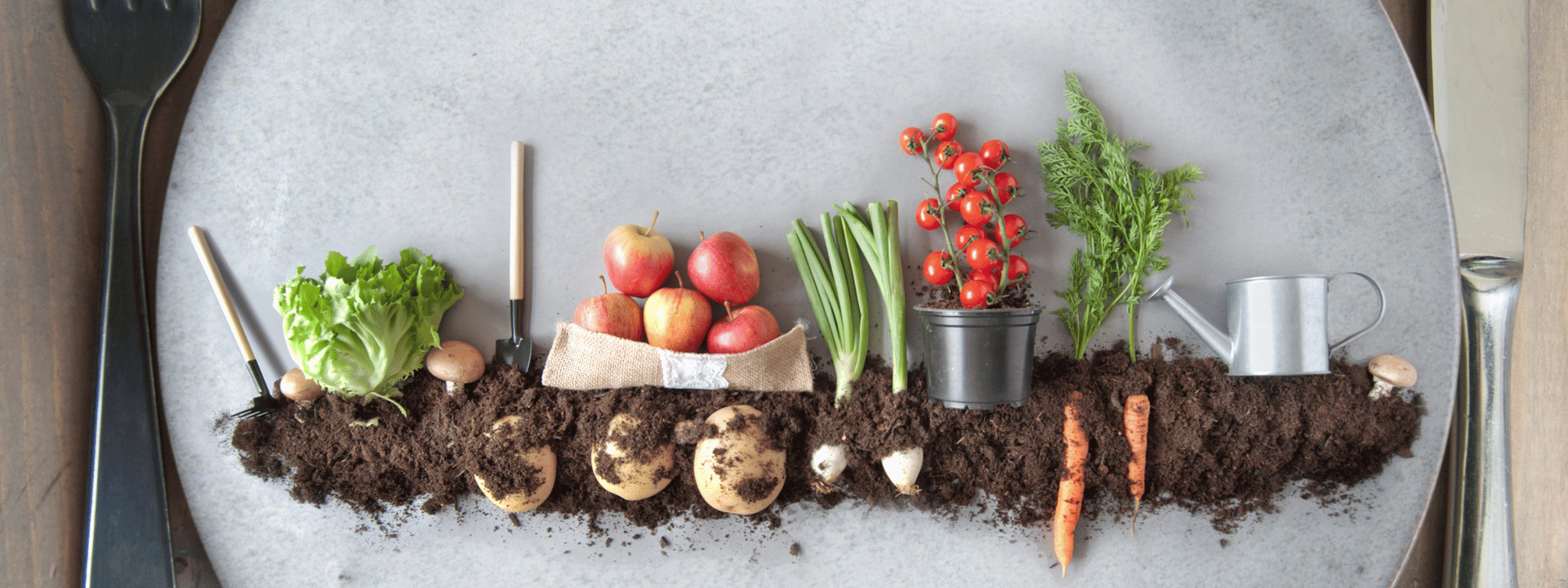
The Guide to Veganuary!
Whether you are going full vegan or starting to eat less meat, our guide to veganuary will help you go plant-based in 2023.
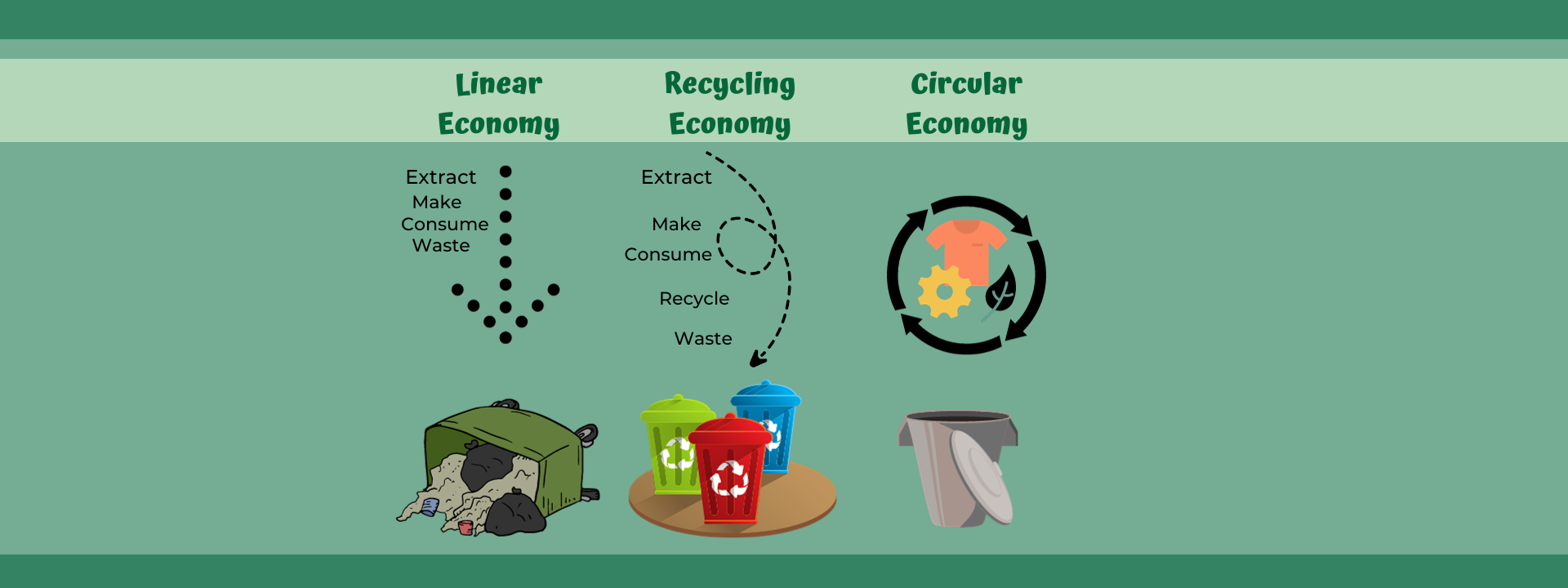
5 Circular Economy Companies in Canada To Celebrate Waste Reduction Week
Say hello to 6 Circular Economy Companies in Canada this October as we Celebrate innovators during Waste Reduction Week.

